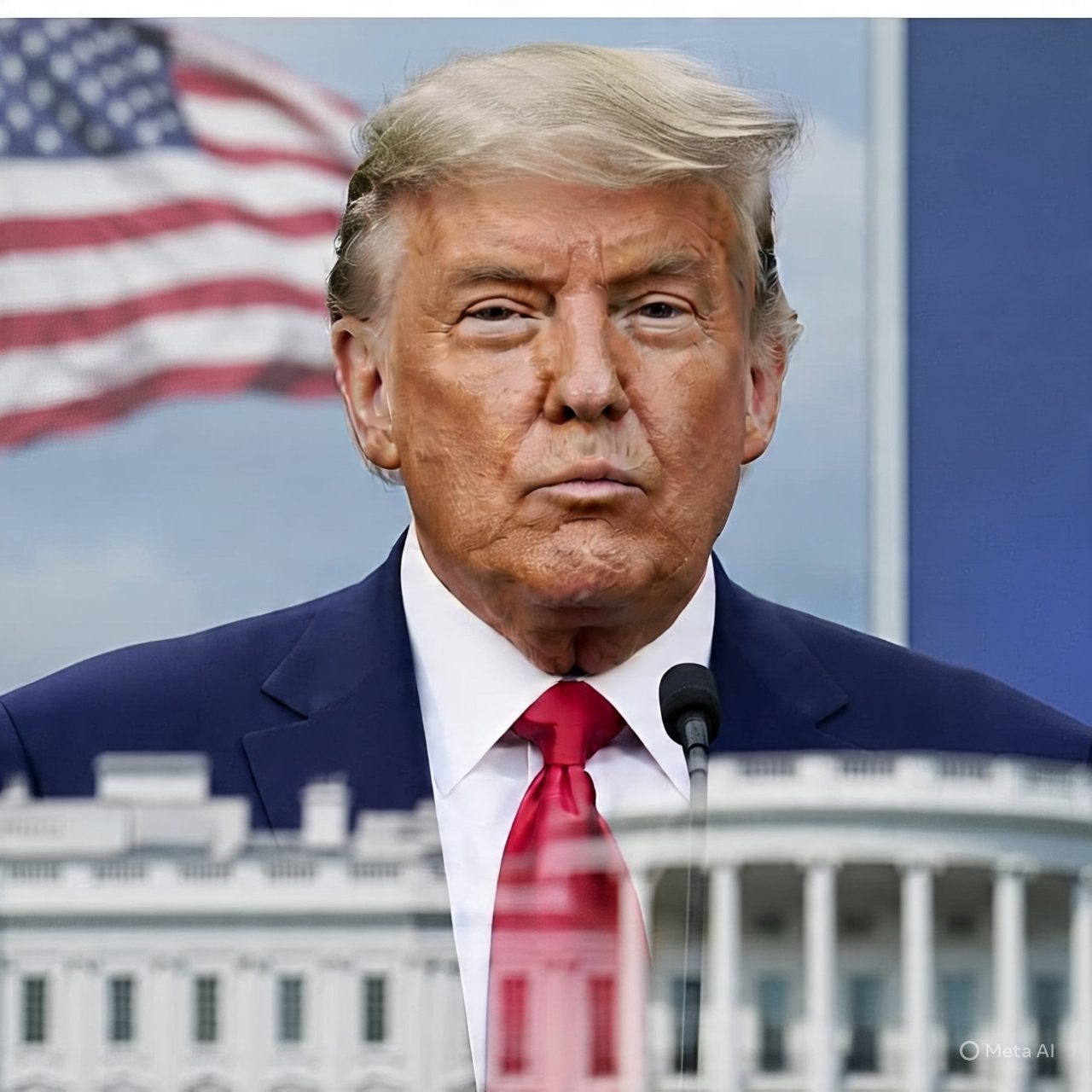Trump Wants Trade Deals at the G7—But They’re Unlikely to Happen
Trump Wants Trade Deals at the G7 But Not With U.S. Allies It is a place from which the late-night comics cull monologue
material and a location that is well suited as the distance.
Former President Donald Trump is at the G7 Summit in Kananaskis, Alberta, aiming to secure trade deals that he can
showcase during his campaign. But the truth is more complicated. And while Trump’s aspirations are lofty, there
is little indication that any new trade arrangements will be struck at the summit.
High Hopes, Low Expectations
Trump is aggressively pushing to seal new or renegotiated trade deals with a number of key U.S. partners: Canada,
Japan, the European Union, South Korea and Mexico. These efforts are part of a larger push to highlight his foreign
policy skills and exceptional deal-making talent ahead of the 2024 election.
But diplomatic insiders and administration officials on both sides say none are anywhere near complete. Negotiations
are underway, but they’ve become mired in intricate demands, political sensitivities and Trump’s own unpredictable approach.
Consider: While the administration has talked up progress with the United Kingdom (a framework deal was announced
last month), that agreement is nonbinding and does not have the same breadth or impact as a full trade pact.
Why the Delay?
There are a few reasons Trump’s trade agenda is sputtering right now:
1. Time is running out: The gathering is held in the shadow of Trump’s self-imposed deadline of “Liberation Day” at which
point he said he could reconsider whether to reinstate or increase tariffs if trade talks do not bear fruit.
This is straining partners but also making them more cautious.
2. Suspicion among allies: Several of the G7 countries are skeptical of Mr. Trump’s “America First” agenda, and are
concerned that rushing to strike deals may be more about good press than lasting partnerships.
His history of suddenly abandoning or attempting to renegotiate existing accords (like Nafta or the Trans-Pacific
Partnership) has made some partners wary.
3. Geopolitical Distractions The world is tense. An Israeli attack on Iran means summit participants have moved a
lot of the focus from economics to security, crisis management. He’s also expected to sit down with Ukrainian
President Volodymyr Zelenskyy, with potential Russia-related sanctions front-and-center.
Summit Without a Statement?
The G7 leaders will not release a joint communiqué this year in a break from past practice. This long-standing tradition
has now been discontinued in favour of separate “leader statements” or a “chair’s summary”.
Why: to minimize public disputes and keep a lid on the last-minute chaos, which has characterized some past G7
meetings under Trump.
One senior diplomat told Politico that it’s a message that feels “more realistic and less per formative.
Rather than relying on symbolic
unity, it is now all about discreet diplomacy and direct bilateral negotiations.
Trump’s Strategy
Even without formal accords, Trump and his aides are presenting the summit as a strategic success.
They say that Trump’s physical presence, face-to-face meetings, and aggressive rhetoric is sufficient to lift up American
power and relevance in the world. “Until we don’t,” said one senior Trump official, adding: This is about projecting
strength, not just signing papers.”
He’s also employing trade — or the threat of tariffs — as leverage. Mr. Trump has threatened allies with severe
tariffs for not giving in to American demands. It plays well with his political base, but risks driving economic partners away.
Looking Ahead
The G7 is unlikely to result in major trade breakthroughs that generate headlines, but the summit is an opportunity
for Trump to take the international stage. His plan is to drive the narrative that he is the man who is getting things
done — reframing stalled negotiations as ongoing wins — even in the face of concrete technological deals.
In fact, the summit is a sign of the new normal for U.S. foreign policy in the Trump era: transactional, belligerent
and all about optics rather than results.

